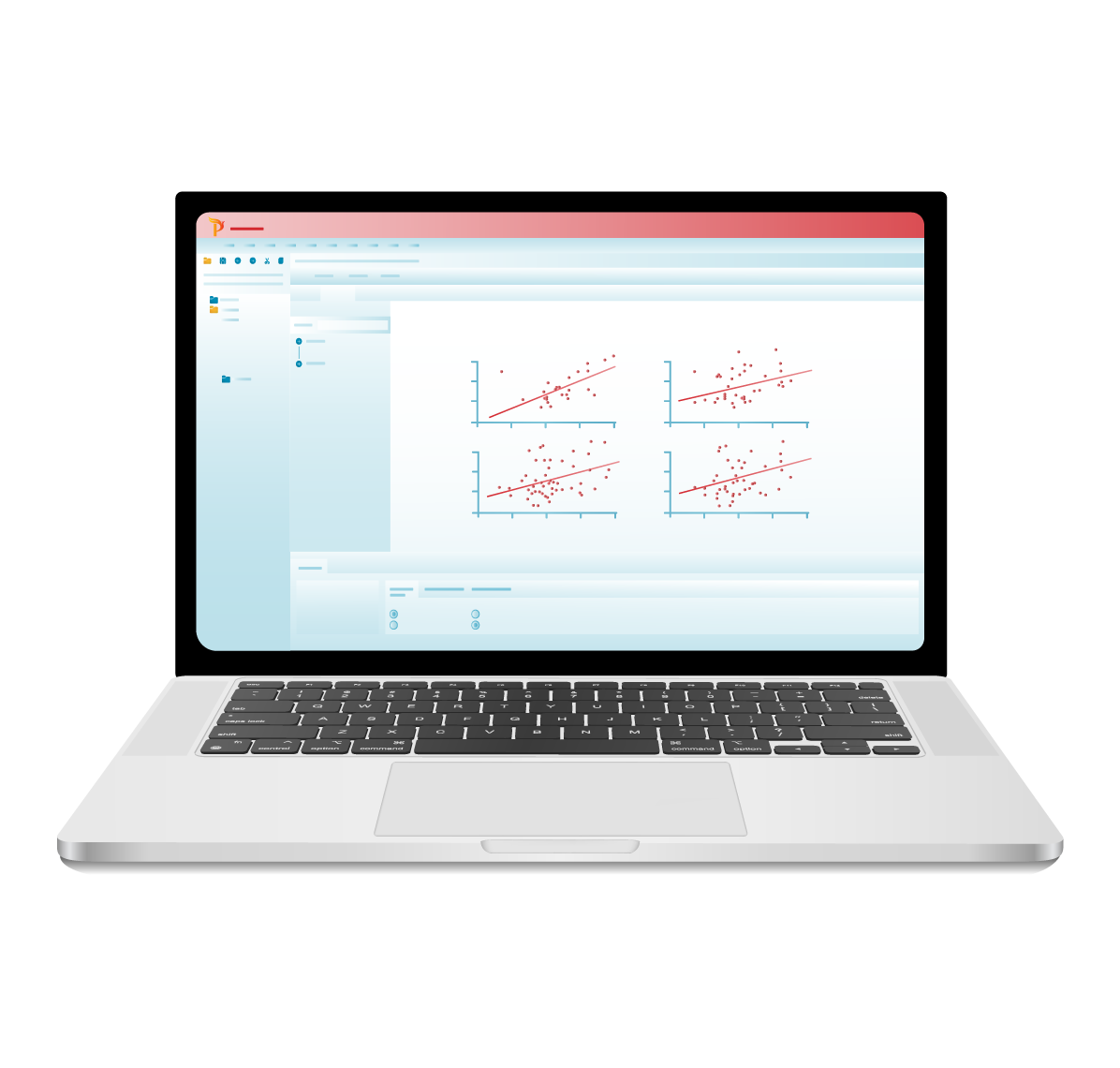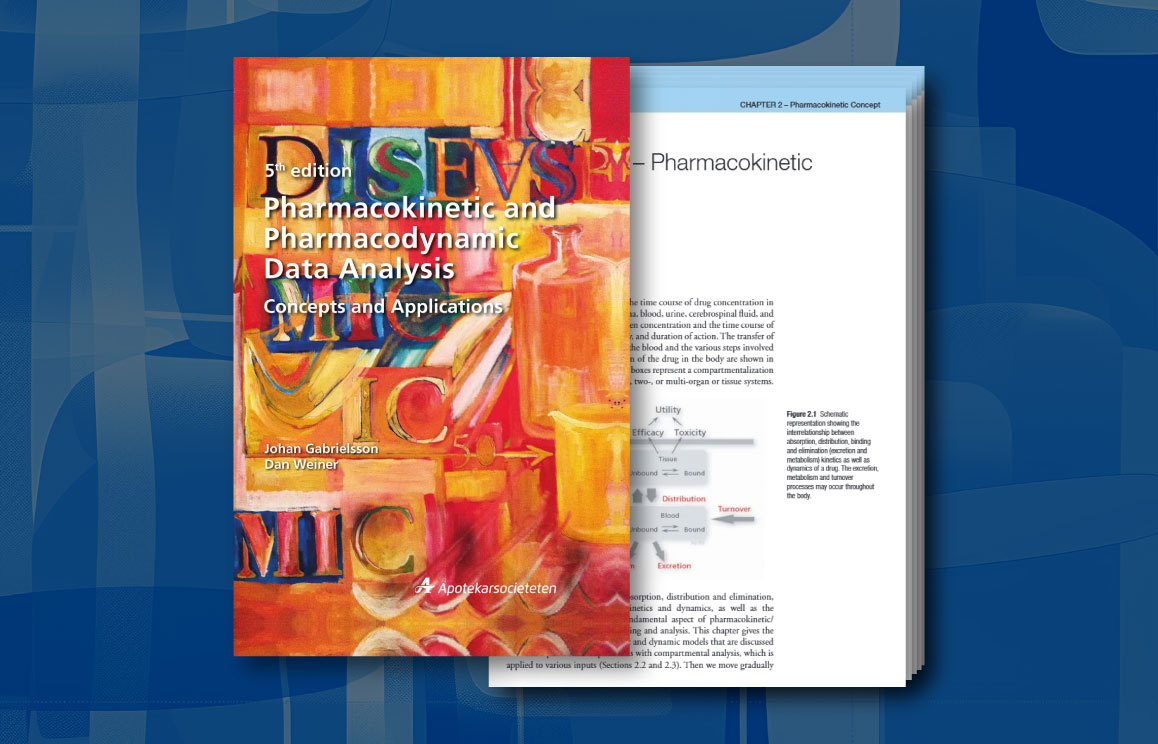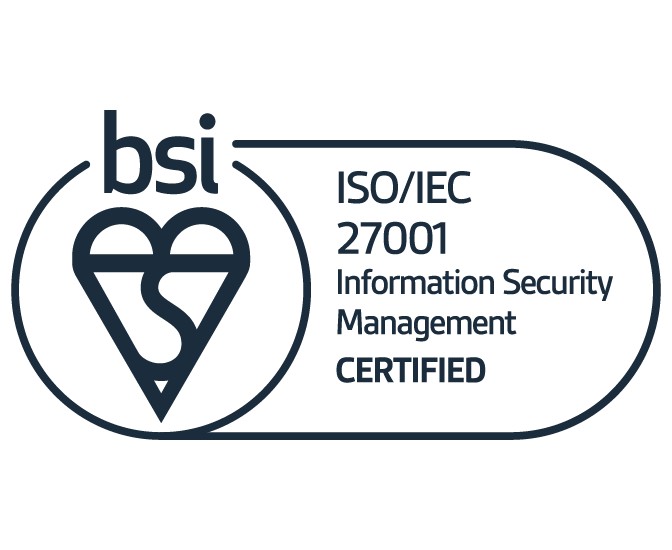Population PK scientists face significant challenges in translating modeling ideas into executable models, especially for those with less coding experience. The slow pace of model development and validation, coupled with managing fragmented project files, hampers productivity. Additionally, performing diagnostics and generating reports efficiently is a significant hurdle due to insufficient computing power, often resulting in delayed results. Addressing these challenges is essential for improving workflow and achieving faster, more reliable outcomes in population PK research.
Phoenix® NLME enables scientists to focus on modeling, and not on the tools or coding required to implement the modeling. The result is more time for analysis and strategic decision-making.






